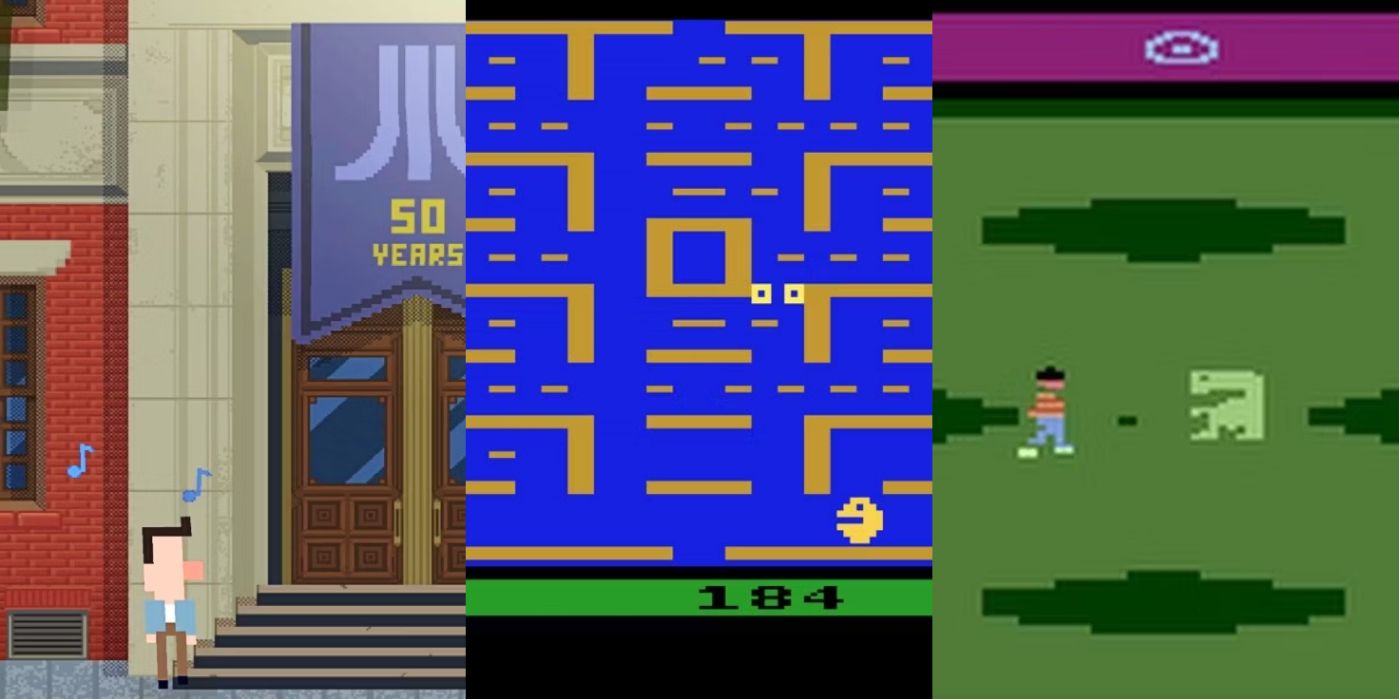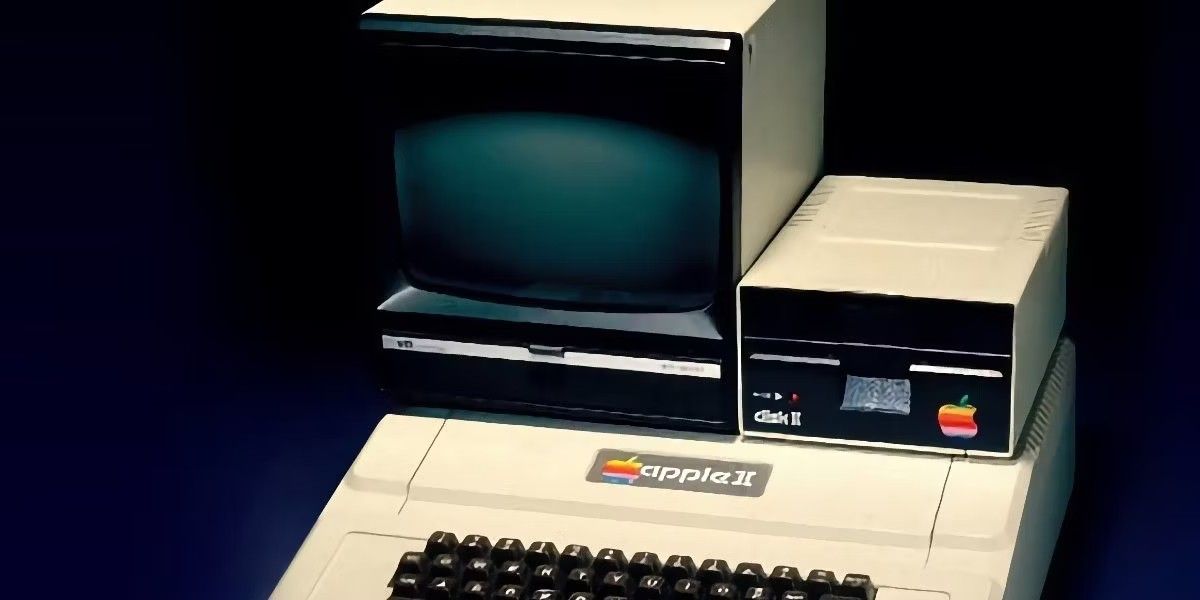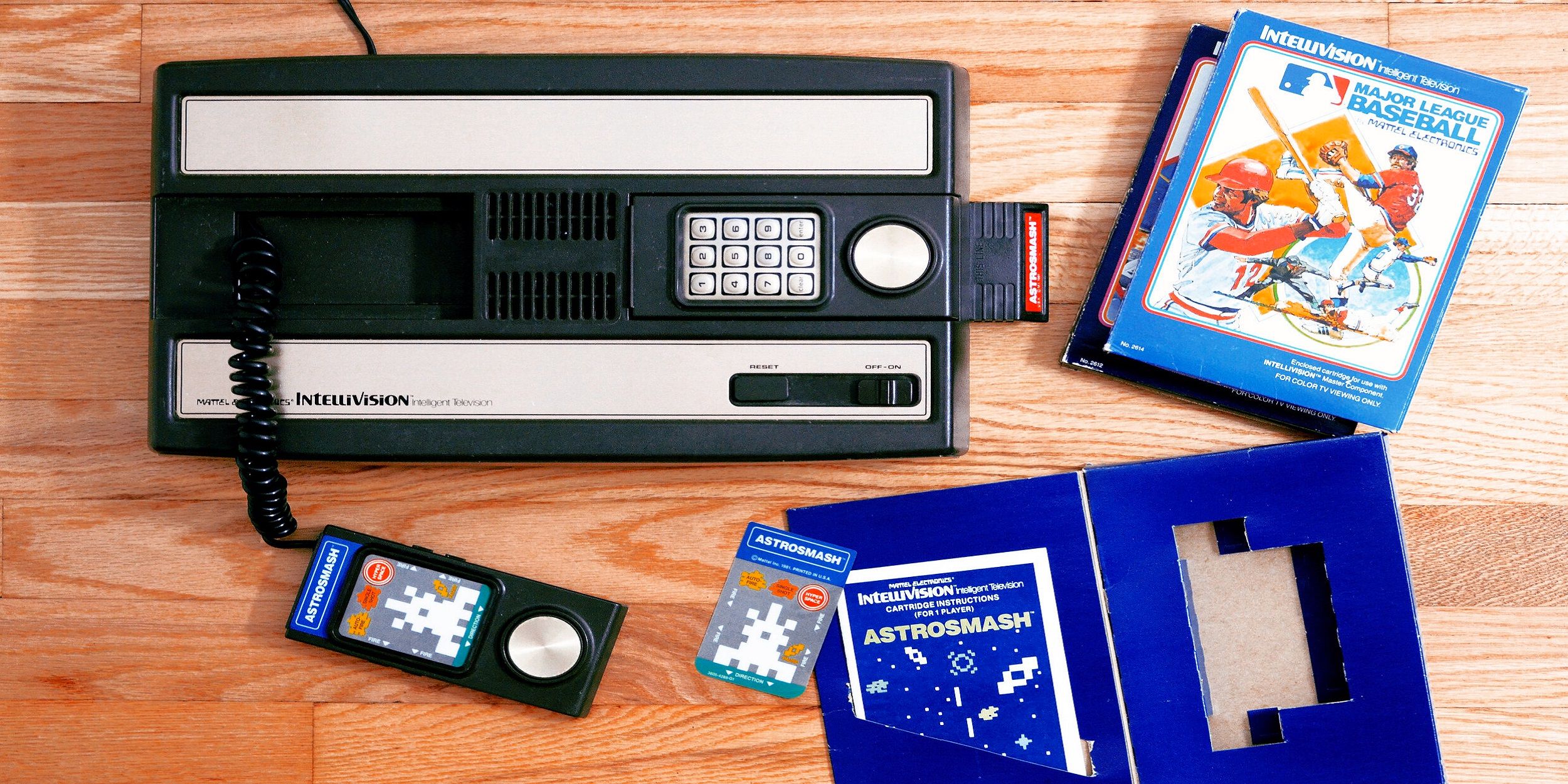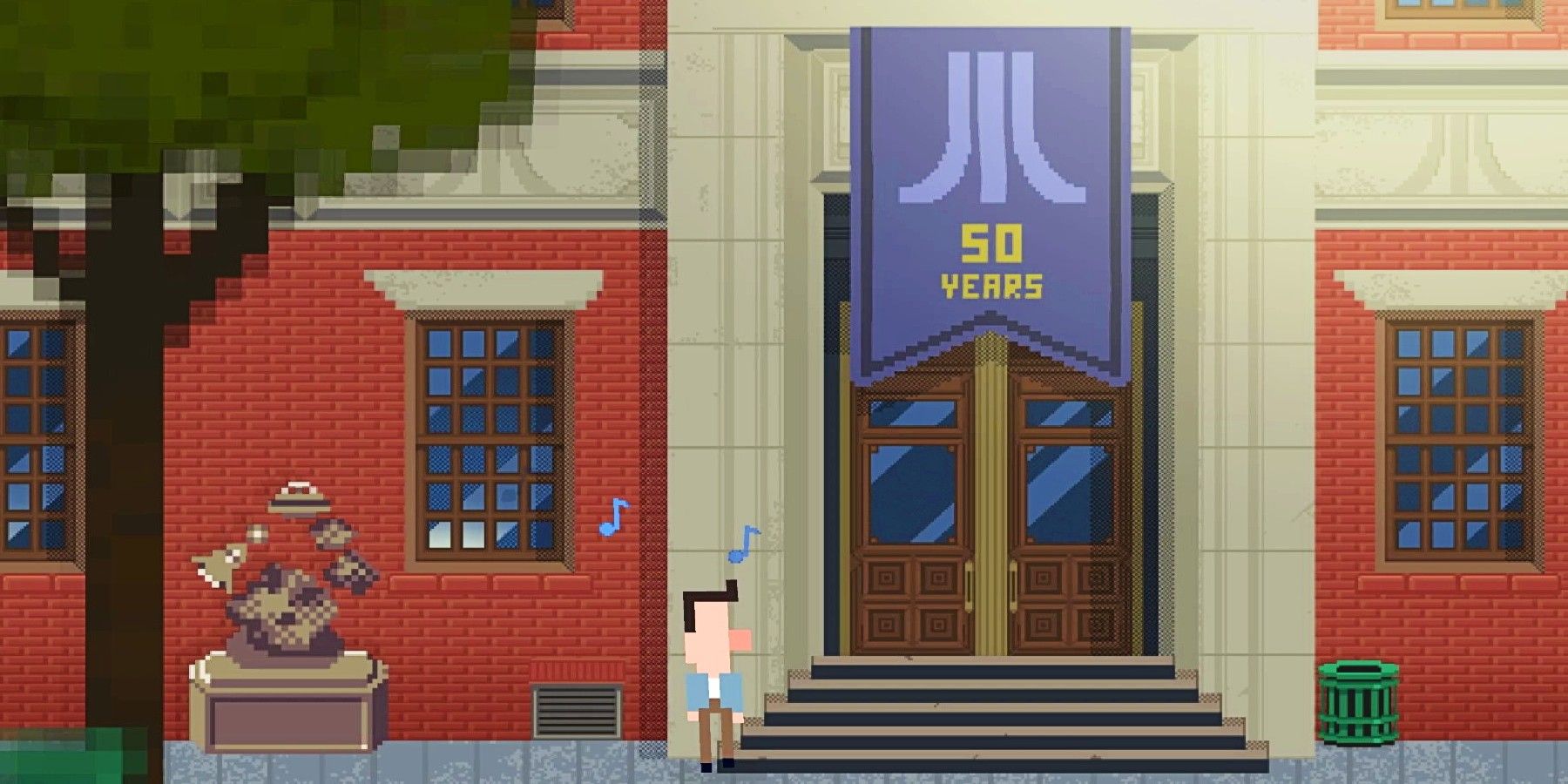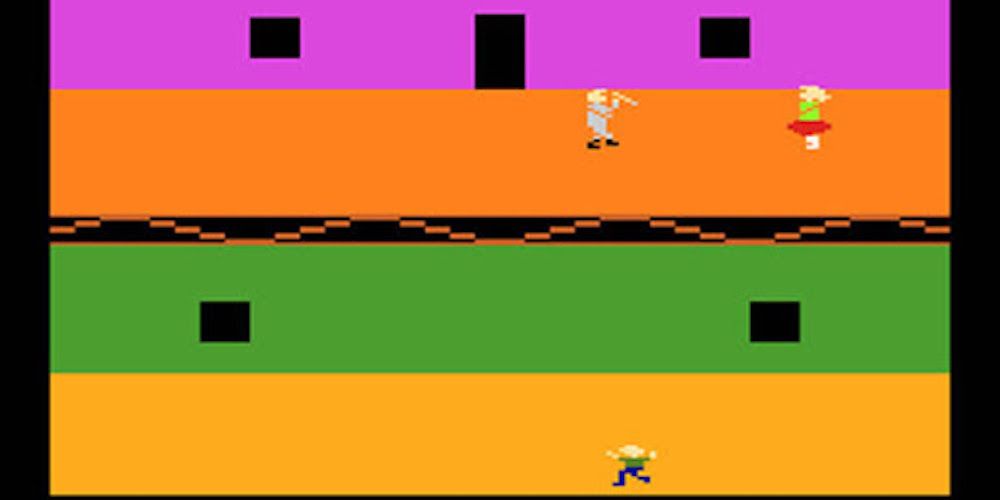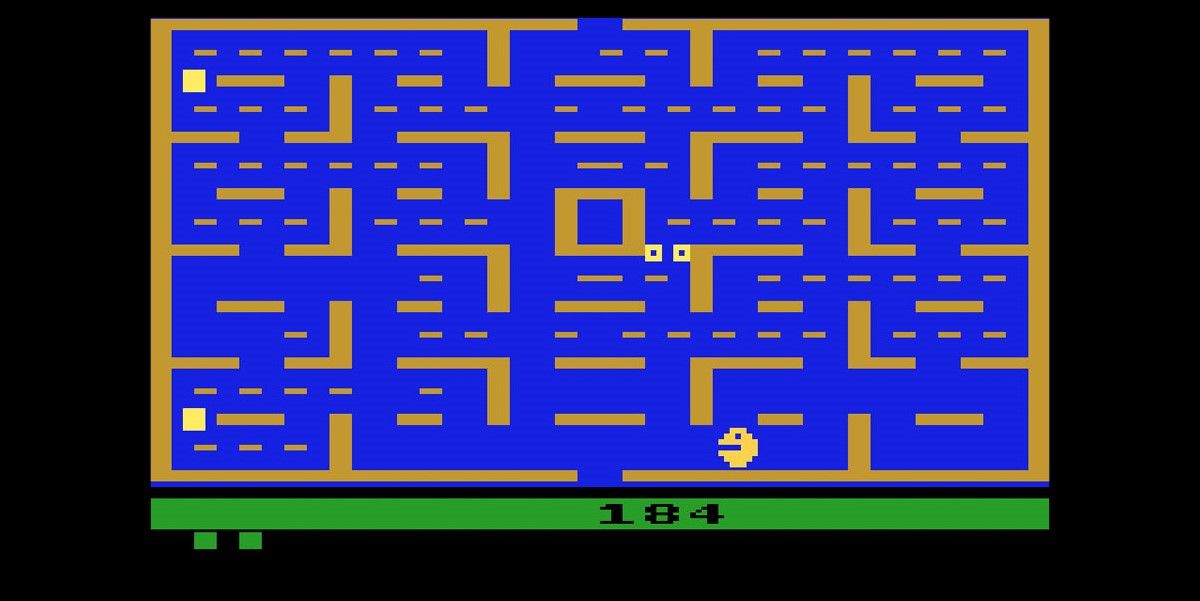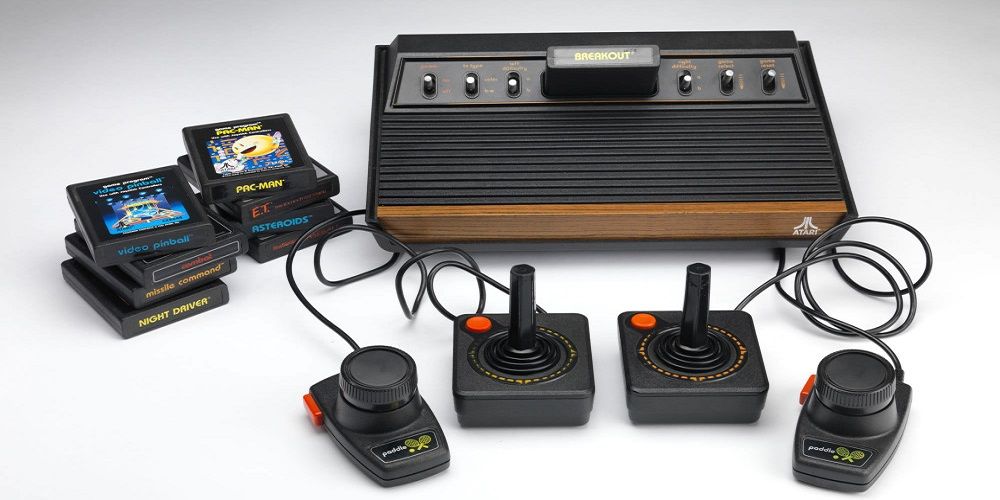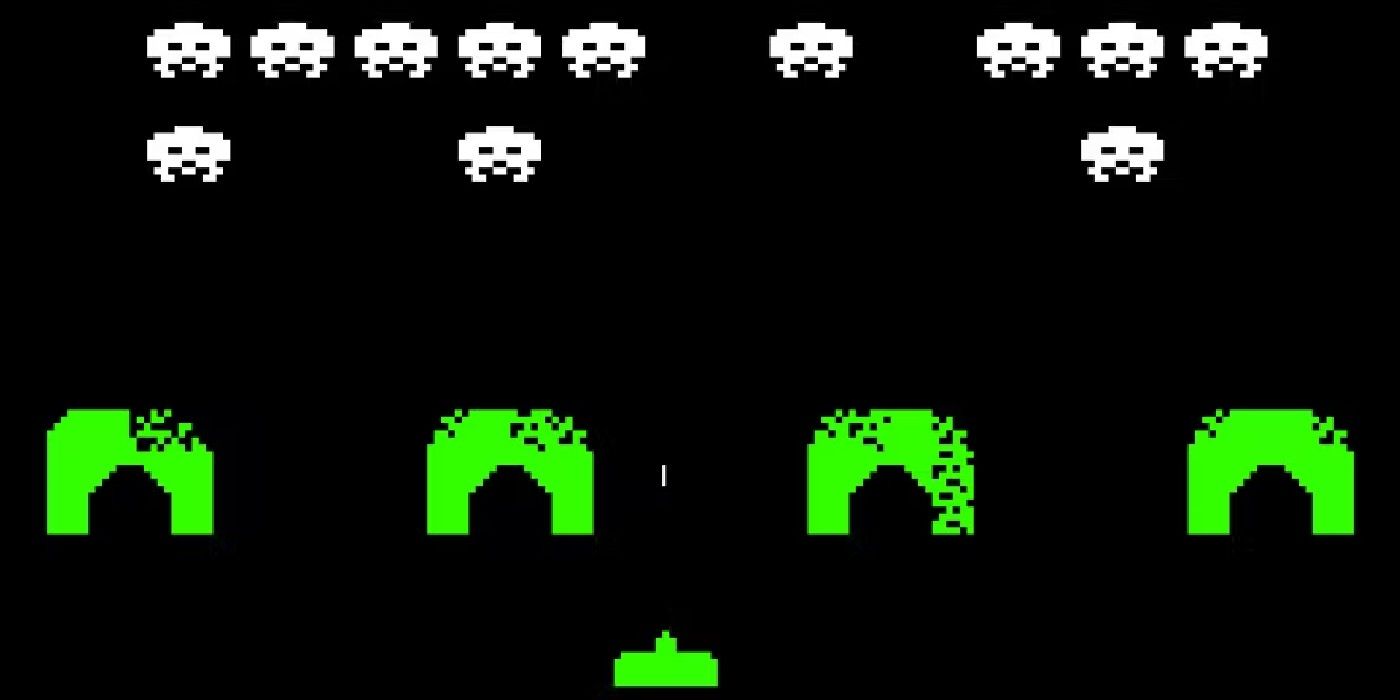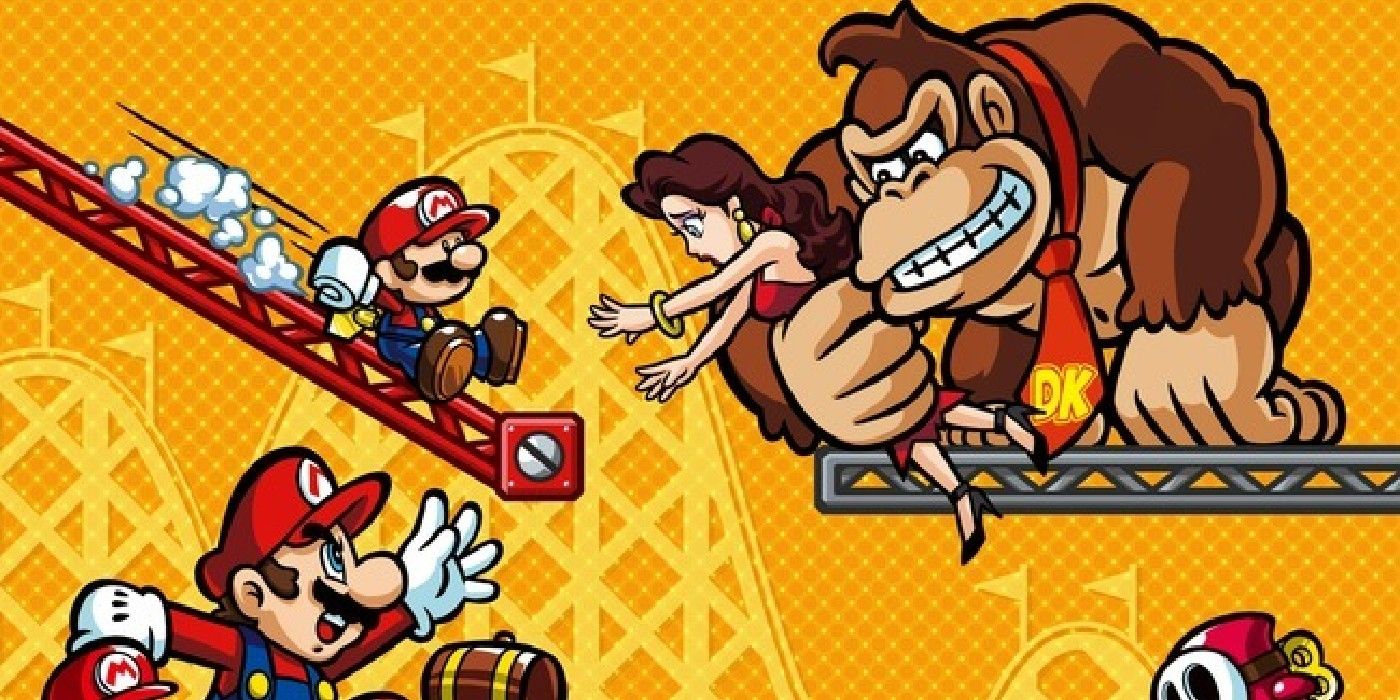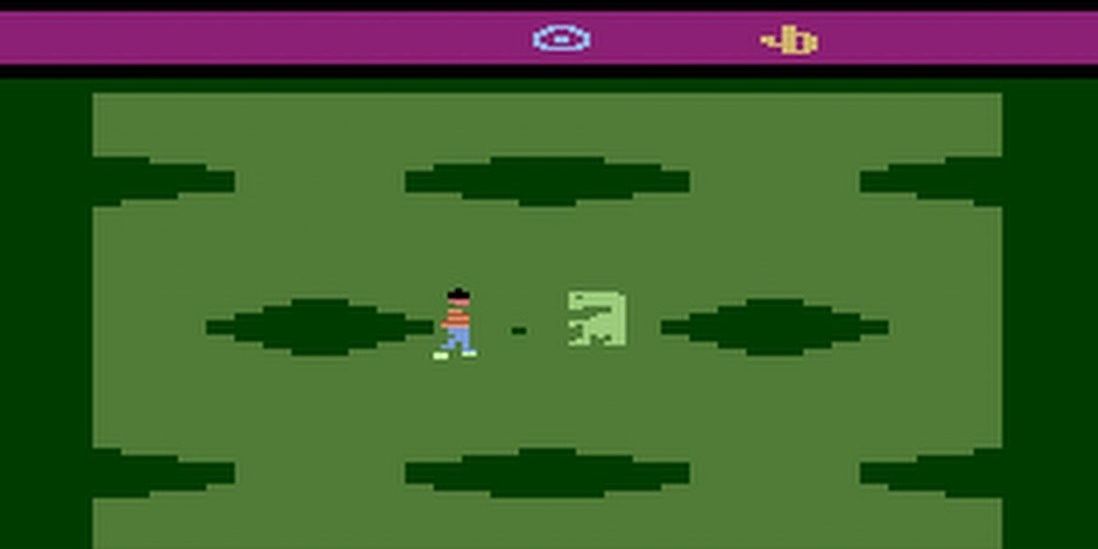In 1983, the North American video game industry evaporated. A billion-dollar juggernaut the year before, by the first quarter of 1984, the video game industry had shrunk to just ten million dollars. In the blink of an eye, video games had gone from the wave of the future to a painfully dated fad.
The video game crash of 1983 is a cautionary tale of overreach, lazy ambition, and the assumption that a new form of entertainment could take off without any bumps in the road. The crash of 1983 was a pivotal moment that completely changed the course of the North American home console industry. Like any such moment, it had many causes.
10 The Rise Of Cheap Home Computers
In the 1970s, microcomputers were extremely expensive. Costing several thousand dollars, they were out of the reach of all but the most dedicated hobbyists. By the early 1980s, this was no longer the case. The new competition outflanked dedicated video game consoles by arguing to parents that their home devices should - and could - do more.
In 1977, Commodore, Radio Shack, and Apple all released low-price 8-bit micros that the average consumer could afford. Atari even got into the action with the Atari 400/800 computer. With graphical capabilities that were on par with home game consoles of the day, and beginner-friendly programming languages loaded, the Commodore PET, Tandy TRS-80, and Apple II ushered in a new era of gaming PCs.
9 Too Many Consoles, Not Enough Difference
In 1982, the game Q-Bert was available on nine home consoles and 8-bit microcomputers, and there was very little difference between any version. Unlike in modern games where console- and PC-exclusive features are part of every game, in 1982, Q-Bert was Q-Bert.
Q-Bert was a very good game in every version, but the proliferation of hardware was, for the most part, based on the same pair of CPUs. The majority of consoles and microcomputers used the MOS Technology 6502 microprocessor, with very similar graphics hardware, which meant that it was hard to tell one system from another. Many parents chose to walk away.
8 Bad Quality Assurance And No Playtesting Made For Terrible Games
During the Christmas rush of 1982, video game companies were desperate to increase their revenue streams, and that meant more games being sold. Atari was by far the worst offender in this regard.
With development cycles slashed to the bare minimum, games started to go out the door with minimal to no playtesting. Major bugs were only found in games after their release, including some so bad that they outright crashed the game consoles. Many games released in 1982 were nearly unplayable due to bugs, and it rapidly soured people’s impressions of the whole gaming industry.
7 Atari Shoveled Out Bad Games By The Truckload
The Nintendo Seal of Quality exists on every game Nintendo has ever made or licensed in North America. Nintendo’s seal program was invented largely to assuage gamers and parents burned by excessive numbers of awful games on the Atari 2600. By guaranteeing quality, Nintendo reasoned, they would win back harmed and wary consumers. Sadly, this did not stop them from making the Virtual Boy just a few years later.
During 1982, Atari’s desperation to maintain its market share ahead of superior rivals, most notably Mattel’s IntelliVision, led to a catastrophic flood of what gamers now call shovelware. With outright deceptive advertising on their boxes and gaming magazines in their infancy, people often felt cheated by the games they bought, and so they stopped buying games.
6 Word Of Mouth Started To Turn Toxic
Before video game magazines were everywhere, the main way to learn which video games were worth playing and which were not was word of mouth. And in 1983, word of mouth was bad. People were telling friends not to play the new video games because they weren’t worth their time or money.
Struggling against a headwind of bad press and angry customers, video games began stalling. In combination with the flood of poorly-conceived, poorly-tested games that came out in 1982, things continued stacking up against the now-struggling video game industry.
5 A Razor And Blades Pricing Scheme Bled Companies Dry
During the first part of the 1980s, video game consoles were sold at a loss. Often upwards of $100 cheaper than their computer counterparts, video game companies assumed that the losses they took on hardware would be made up in software.
With game sales taking a hard nosedive at the end of 1982, that left companies with millions in liabilities on their balance sheets and without a significant source of revenue. Atari’s announcement in the first quarter of 1983 of missing its growth targets triggered a chain reaction.
4 Video Game Technology Had Not Evolved
In 1982, no video game consoles other than the still-in-development Nintendo Family Computer had hardware support for scrolling. Instead, the player character moved about a static playfield and when or if they left the boundaries of the current playfield, a new playfield would be drawn in to replace it.
This static-screen technology worked well for primitive early arcade games but caused serious problems with the arcade-home divide when the first scrolling arcade games, Scramble and Jump Bug, appeared. Suddenly, the home console environment was hopelessly dated.
3 Video Game Storytelling Was Still Primitive
The popular video games in 1982 were much the same that they had been as early as 1975: Simple single-screen games that could be played in a handful of minutes and had no real narrative or purpose in playing other than to get a high score. Nintendo’s Donkey Kong was revolutionary in having recognizable characters: DK himself, Penelope, and Mario.
Even games that told a story were limited to a handful of simple ideas. Without engaging stories, single-player video games rapidly lost their charm, and without a worthwhile single-player experience on tap, the industry stagnated.
2 Yes, E.T. And Pac-Man Had An Effect
Gaming history holds that the worst video games ever made were E.T. and Pac-Man for the Atari 2600. Rushed through incredibly short development cycles to make the Christmas shopping season, these two games were the emblems of everything wrong with the pre-crash industry.
Pac-Man was an extremely sloppy port of the world's most popular arcade game at that time. E.T. was a very rough movie-license title that was rushed out in just a month and a half to make a holiday deadline. Together, the two games embodied everything that was wrong with video games in 1982. Gamers saw them as crude money grabs. Returns exploded, and the damage was done.
1 Weak Profits Sent Shockwaves Through The Industry
In the first quarter of 1983, Atari’s then-chairman Raymond Kassar announced that Atari, which had anticipated a profit margin of 50% on their 1982 sales, had only achieved a margin of 10%. It was devastating news for an industry that a year before had seen explosive growth.
Almost overnight the video game “fad” was over. Within weeks, games that had just been put on the shelf for the 1982 holiday season were now in clearance bins nationwide. A crash was on, but across the Pacific, the Nintendo Famicom was about to be born.

